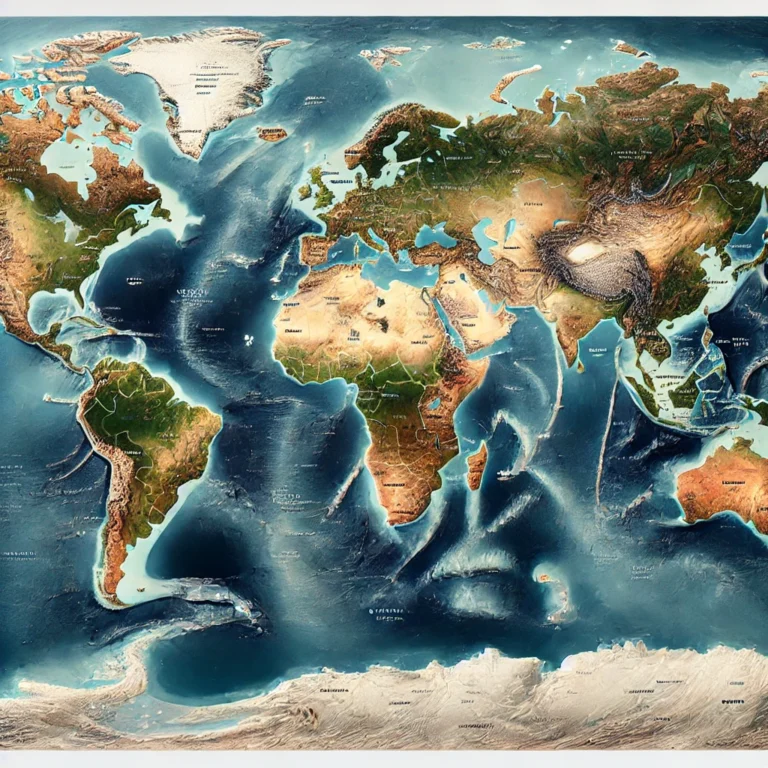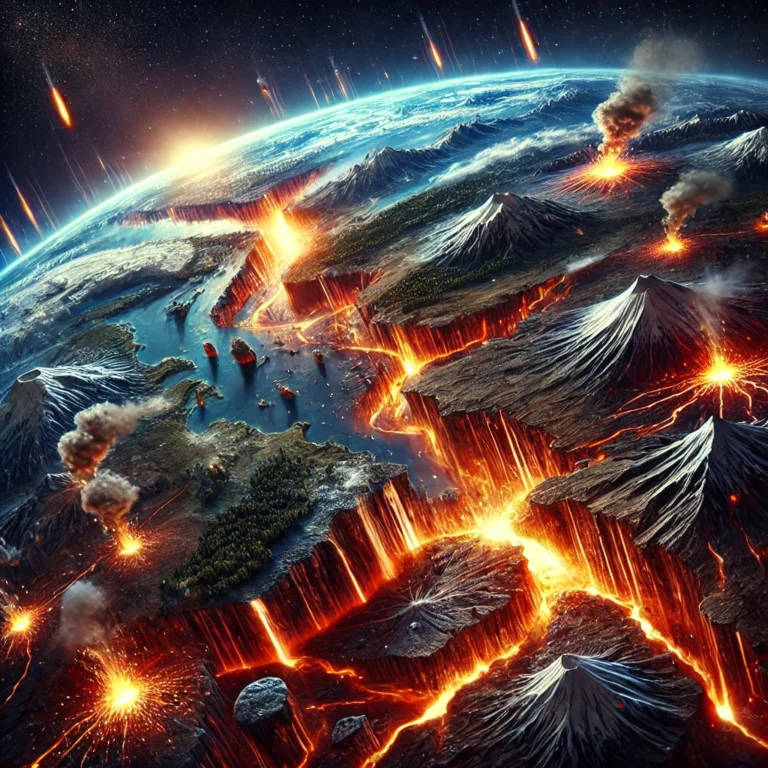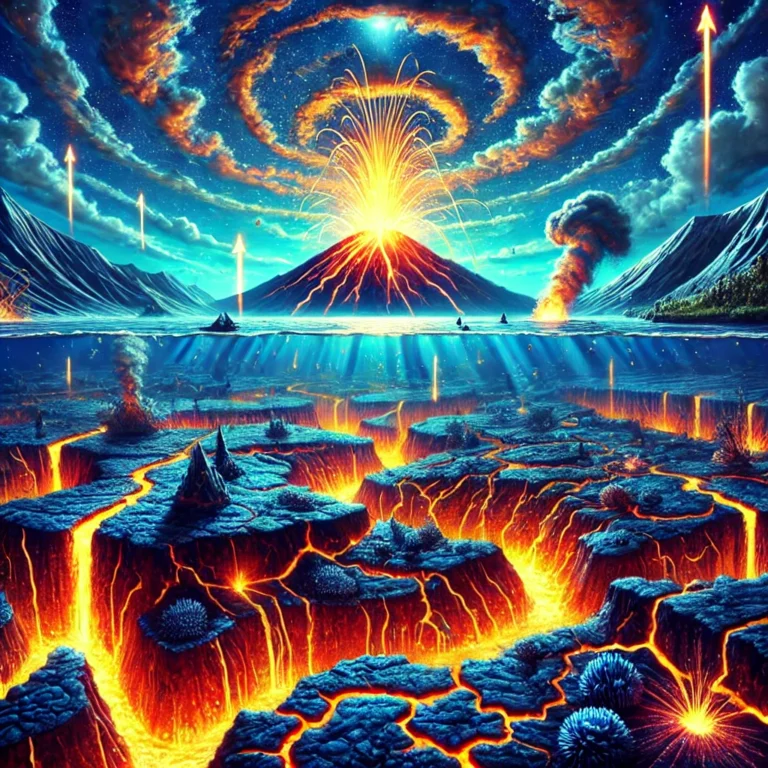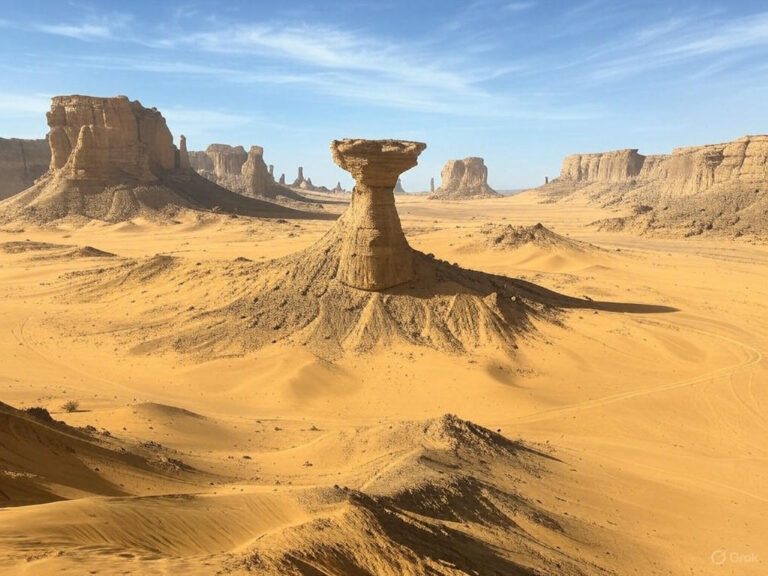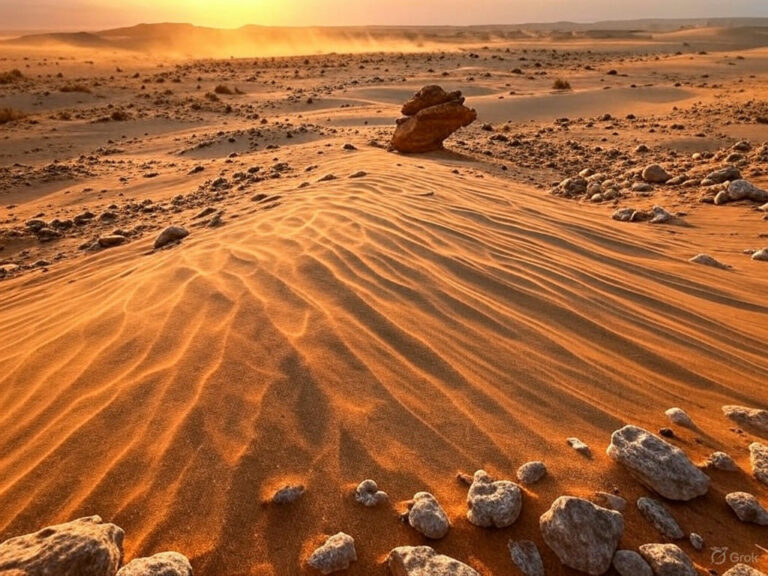Introduction to Atmosphere
Imagine you are an astronaut looking at Earth from space. What you see is a beautiful blue planet, wrapped in a thin veil of gases. This protective shield is our atmosphere, a dynamic system that has evolved over billions of years. But how did this gaseous envelope come into existence? And what role does it play in sustaining life? To answer these questions, let’s take a journey through time and space—exploring the evolution, composition, and structure of the atmosphere.
Evolution of Atmosphere and Hydrosphere
The story of evolution of our atmosphere can be divided into three phases, each phase shaping the Earth’s environment as we know it today.
Phase 1: The Lost Atmosphere – Stripped by Solar Winds
In the beginning, when Earth was a fiery ball of molten rock, it had a primordial atmosphere consisting mostly of hydrogen and helium—the lightest gases in the universe. But these gases were not destined to stay. The young Sun, far more volatile than it is today, emitted intense solar winds, blowing away this early atmosphere like dry leaves in a storm.
Phase 2: The Birth of a New Atmosphere – Degassing and Volcanic Eruptions
As Earth’s interior remained extremely hot, volcanic activity was rampant. These volcanic eruptions released large amounts of water vapor, carbon dioxide (CO₂), nitrogen (N₂), methane (CH₄), and ammonia (NH₃) into the air—a process known as degassing. Over time, as Earth cooled, this water vapor condensed into liquid form, leading to continuous rainfall.
This rainwater dissolved CO₂, reducing atmospheric temperatures further and forming the first oceans in Earth’s low-lying depressions. These oceans became the cradle of life, setting the stage for the next dramatic transformation.
Phase 3: The Oxygen Revolution – Life Reshaping the Atmosphere
Within the newly formed oceans, primitive photosynthetic organisms like cyanobacteria began to thrive. These tiny life forms absorbed CO₂ and released oxygen (O₂)—the earliest signs of biological influence on the atmosphere.
Initially, this oxygen remained trapped in the ocean, but as saturation levels increased, it began escaping into the air. Over millions of years, oxygen accumulation transformed the atmosphere, paving the way for complex life forms to evolve on land.
Today, our atmosphere is not just a gaseous envelope; it is an essential component of the biosphere, supporting life by:
- Providing oxygen for respiration and CO₂ for photosynthesis.
- Acting as a shield against harmful UV radiation.
- Regulating Earth’s temperature and climate.
Although the atmosphere extends up to 16,000 to 29,000 km, 97% of its mass lies within just 29 km from the Earth’s surface—where all weather phenomena occur.
Gaia’s Hypothesis: Earth as a Self-Regulating System
The idea that Earth’s atmosphere evolved purely due to geological and biological processes was challenged by James Lovelock through his famous Gaia Hypothesis.
A Paradigm Shift in Understanding Life and Earth
Lovelock argued that life does not merely adapt to the environment, but actively modifies it to sustain itself. Unlike Darwin’s deterministic natural selection, which views organisms as passive responders to environmental changes, the Gaia Hypothesis suggests a two-way interaction:
- Living organisms influence Earth’s systems—for example, plants regulate atmospheric CO₂, and oceanic algae affect cloud formation.
- Earth maintains conditions suitable for life—such as stabilizing temperature, maintaining oxygen levels, and recycling nutrients.
However, Lovelock also warned that human activities—especially pollution, deforestation, and carbon emissions—are disrupting this delicate balance. If unchecked, this imbalance could threaten biodiversity and even human survival. Thus, to protect Gaia (Earth), we must adopt sustainable practices that align with nature’s self-regulating mechanisms.
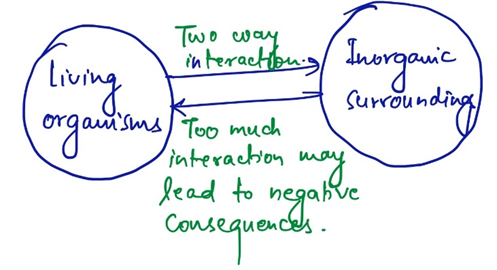
As we stand on the ground and look up at the vast sky, it’s easy to forget that the atmosphere is just a thin layer of gases, delicately balanced to sustain life. From volcanic eruptions to photosynthesis, from solar winds to human influence, this protective shield has undergone immense changes over billions of years.
The question now is: Will we continue to work with nature to preserve this balance, or will we disrupt it beyond repair?
That choice is ours to make.


